Building strong, well-defined glutes not only enhances your physique but also plays a crucial role in overall athletic performance and injury prevention. Whether you're aiming for aesthetic improvements, increased strength, or better functional movement, incorporating effective glute exercises into your fitness routine is essential. This comprehensive guide explores the top exercises for maximum glute growth, ensuring you achieve the results you desire.
Why Focus on Glute Training?
The gluteal muscles—the gluteus maximus, medius, and minimus—are some of the largest and most powerful muscles in the body. They play a vital role in:
- Hip Extension: Essential for movements like standing up, jumping, and running.
- Stabilization: Helps maintain balance and proper posture.
- Athletic Performance: Enhances power, speed, and agility.
- Injury Prevention: Strong glutes support the lower back, knees, and hips, reducing the risk of injuries.
Top Glute Exercises for Maximum Growth
Incorporating a variety of exercises ensures comprehensive glute development by targeting different parts of the muscles and engaging them through various movement patterns.
1. Barbell Hip Thrusts
Why They're Effective: Barbell hip thrusts are renowned for their ability to isolate and engage the gluteus maximus more effectively than many other lower body exercises.
How to Perform:
- Sit on the ground with your upper back against a bench.
- Roll a barbell over your hips, securing it with a pad for comfort.
- Plant your feet firmly on the ground, shoulder-width apart.
- Drive through your heels, extending your hips upward until your body forms a straight line from shoulders to knees.
- Squeeze your glutes at the top, then lower back down with control.
Tips:
- Keep your chin tucked to maintain a neutral spine.
- Avoid overarching your lower back at the top of the movement.
2. Squats
Why They're Effective: Squats engage multiple muscle groups, including the glutes, quads, hamstrings, and core, making them a cornerstone of lower body training.
How to Perform:
- Stand with feet shoulder-width apart, toes slightly pointed out.
- Hold a barbell across your upper back or use dumbbells at your sides.
- Lower your body by bending at the hips and knees, keeping your chest up and back straight.
- Descend until your thighs are parallel to the ground.
- Push through your heels to return to the starting position.
Tips:
- Keep your knees tracking over your toes.
- Engage your core to protect your lower back.
3. Deadlifts
Why They're Effective: Deadlifts target the glutes, hamstrings, lower back, and traps, promoting overall posterior chain strength.
How to Perform:
- Stand with feet hip-width apart, barbell over mid-foot.
- Bend at the hips and knees to grip the barbell, hands just outside your knees.
- Keep your back flat and chest up as you lift the bar by extending your hips and knees simultaneously.
- Stand fully upright, squeezing your glutes at the top.
- Lower the bar back to the ground with control.
Tips:
- Avoid rounding your back; maintain a neutral spine throughout.
- Engage your lats by pulling the bar close to your body.
4. Bulgarian Split Squats
Why They're Effective: This unilateral exercise isolates each leg, addressing muscle imbalances and enhancing glute activation.
How to Perform:
- Stand a couple of feet in front of a bench or step.
- Place one foot behind you on the bench.
- Lower your body by bending the front knee, keeping the torso upright.
- Descend until your front thigh is parallel to the ground.
- Push through the front heel to return to the starting position.
Tips:
- Keep your front knee aligned with your toes.
- Maintain balance by keeping your core engaged.
5. Glute Bridges
Why They're Effective: Glute bridges are excellent for activating the glutes without the need for heavy weights, making them ideal for beginners and as a warm-up.
How to Perform:
- Lie on your back with knees bent and feet flat on the floor, hip-width apart.
- Place your arms at your sides for stability.
- Drive through your heels, lifting your hips toward the ceiling.
- Squeeze your glutes at the top, forming a straight line from shoulders to knees.
- Lower your hips back down without touching the ground and repeat.
Tips:
- Avoid pushing through your toes; focus on the glutes.
- Keep your core engaged to prevent arching your back.
6. Kettlebell Swings
Why They're Effective: Kettlebell swings combine strength and cardio, targeting the glutes, hamstrings, and core while improving power and endurance.
How to Perform:
- Stand with feet shoulder-width apart, holding a kettlebell with both hands.
- Hinge at the hips, slightly bending the knees, and swing the kettlebell between your legs.
- Thrust your hips forward, swinging the kettlebell to chest or eye level.
- Allow the kettlebell to swing back between your legs, maintaining a controlled motion.
Tips:
- Use hip power, not arm strength, to drive the movement.
- Keep your back flat and core engaged throughout.
7. Step-Ups
Why They're Effective: Step-ups mimic climbing movements, effectively targeting the glutes, quads, and hamstrings while enhancing balance and coordination.
How to Perform:
- Stand in front of a sturdy bench or step.
- Place one foot firmly on the bench.
- Push through the heel of the elevated foot to lift your body onto the bench.
- Stand fully upright, squeezing the glutes at the top.
- Lower back down with control and repeat on the other side.
Tips:
- Keep your torso upright and avoid leaning forward.
- Ensure the bench height challenges your glutes without compromising form.
8. Cable Kickbacks
Why They're Effective: Cable kickbacks provide constant tension on the glutes throughout the movement, enhancing muscle activation and development.
How to Perform:
- Attach an ankle strap to a low cable pulley.
- Stand facing the machine, securing the strap around one ankle.
- Slightly bend your standing leg for balance.
- Keeping your knee bent, extend your leg backward, squeezing the glute at the top.
- Slowly return to the starting position and repeat.
Tips:
- Avoid swinging your body; maintain a controlled motion.
- Focus on the mind-muscle connection with your glutes.
9. Lunges
Why They're Effective: Lunges engage the glutes, quads, hamstrings, and calves, promoting unilateral strength and stability.
How to Perform:
- Stand upright with feet hip-width apart.
- Take a step forward with one leg, lowering your hips until both knees are bent at 90-degree angles.
- Ensure your front knee is directly above your ankle.
- Push through the front heel to return to the starting position.
- Alternate legs with each repetition.
Tips:
- Keep your torso upright and core engaged.
- Avoid letting your front knee extend beyond your toes.
10. Single-Leg Romanian Deadlifts
Why They're Effective: This variation targets the glutes and hamstrings while improving balance and addressing muscle imbalances.
How to Perform:
- Stand on one leg with a slight bend in the knee, holding a dumbbell or kettlebell in the opposite hand.
- Hinge at the hips, lowering the weight toward the ground while extending the free leg behind you.
- Maintain a flat back and keep the weight close to your body.
- Return to the starting position by driving your hips forward and squeezing the glutes.
- Complete the desired reps before switching legs.
Tips:
- Keep your movements slow and controlled.
- Focus on maintaining balance without using momentum.
Creating an Effective Glute Workout Routine
To maximize glute growth, it's essential to design a balanced workout routine that includes a variety of exercises targeting different aspects of the glutes. Here's a sample routine:
Sample Glute-Focused Workout
Warm-Up (5-10 minutes)
- Dynamic stretches (leg swings, hip circles)
- Light cardio (jumping jacks, brisk walking)
Main Workout
- Barbell Hip Thrusts: 4 sets of 8-12 reps
- Squats: 3 sets of 8-10 reps
- Bulgarian Split Squats: 3 sets of 10 reps per leg
- Deadlifts: 3 sets of 6-8 reps
- Cable Kickbacks: 3 sets of 12-15 reps per leg
- Kettlebell Swings: 3 sets of 15-20 reps
Cool-Down (5 minutes)
- Static stretching focusing on the glutes, hamstrings, and lower back
Frequency: Aim to perform this workout 2-3 times per week, allowing at least 48 hours of rest between sessions for muscle recovery.
Nutrition for Glute Growth
Proper nutrition plays a pivotal role in muscle growth and recovery. To support your glute training:
- Protein Intake: Consume adequate protein to repair and build muscle tissue. Aim for 1.2 to 2.0 grams of protein per kilogram of body weight daily.
- Caloric Surplus: Ensure you're eating enough calories to fuel muscle growth. Focus on nutrient-dense foods.
- Carbohydrates: Provide energy for your workouts. Include complex carbs like whole grains, fruits, and vegetables.
- Healthy Fats: Support hormone production and overall health. Incorporate sources like avocados, nuts, and olive oil.
- Hydration: Stay well-hydrated to optimize performance and recovery.
- Post-Workout Nutrition: Consume a combination of protein and carbohydrates within 30 minutes after training to enhance muscle recovery.
Common Mistakes to Avoid
Achieving maximum glute growth requires proper technique and consistency. Avoid these common pitfalls:
- Neglecting the Glutes: Focusing solely on quads or hamstrings can lead to imbalanced development.
- Poor Form: Incorrect technique can reduce exercise effectiveness and increase injury risk.
- Insufficient Progressive Overload: Failing to gradually increase weights or resistance can stall muscle growth.
- Overtraining: Not allowing adequate recovery time can hinder progress and lead to fatigue or injury.
- Ignoring Mind-Muscle Connection: Focusing on engaging the glutes during exercises enhances activation and growth.
Tips for Maximizing Glute Activation
Enhance your glute workouts with these strategies:
- Warm-Up Properly: Activate the glutes with dynamic stretches or light activation exercises like clamshells or glute bridges.
- Focus on the Eccentric Phase: Control the lowering part of the movement to increase muscle tension.
- Use Full Range of Motion: Ensure complete hip extension and flexion for maximum muscle engagement.
- Incorporate Variations: Change exercises regularly to target the glutes from different angles.
- Prioritize Compound Movements: Exercises like hip thrusts, squats, and deadlifts should form the foundation of your routine.
- Utilize Tempo Training: Manipulate the speed of your reps to increase time under tension.
Frequently Asked Questions
1. How often should I train my glutes for optimal growth?
Training your glutes 2-3 times per week allows for adequate stimulation and recovery, promoting muscle growth.
2. Can I build glutes without heavy weights?
Yes. Bodyweight exercises, resistance bands, and high-repetition training can effectively build glutes, especially for beginners or those avoiding heavy lifting.
3. Do men need to focus on glute training?
Absolutely. Strong glutes improve athletic performance, posture, and reduce the risk of lower back and knee injuries, benefiting individuals of all genders.
4. How long does it take to see glute growth?
With consistent training and proper nutrition, noticeable glute development can occur within 8-12 weeks. Individual results may vary based on factors like genetics and training intensity.
5. Are there specific stretches for glute flexibility?
Yes. Stretches like the pigeon pose, seated forward fold, and figure-four stretch can enhance glute flexibility and mobility.
Conclusion
Building strong, well-defined glutes requires a combination of effective exercises, proper nutrition, and consistent training. By incorporating the top glute exercises outlined in this guide, creating a balanced workout routine, and paying attention to your body's nutritional needs, you can unlock your glute potential and achieve impressive growth. Remember to prioritize proper form, progressively challenge yourself, and allow adequate recovery to maximize your results. Whether you're an athlete, fitness enthusiast, or someone looking to enhance their physique, dedicated glute training can significantly contribute to your overall health and performance.


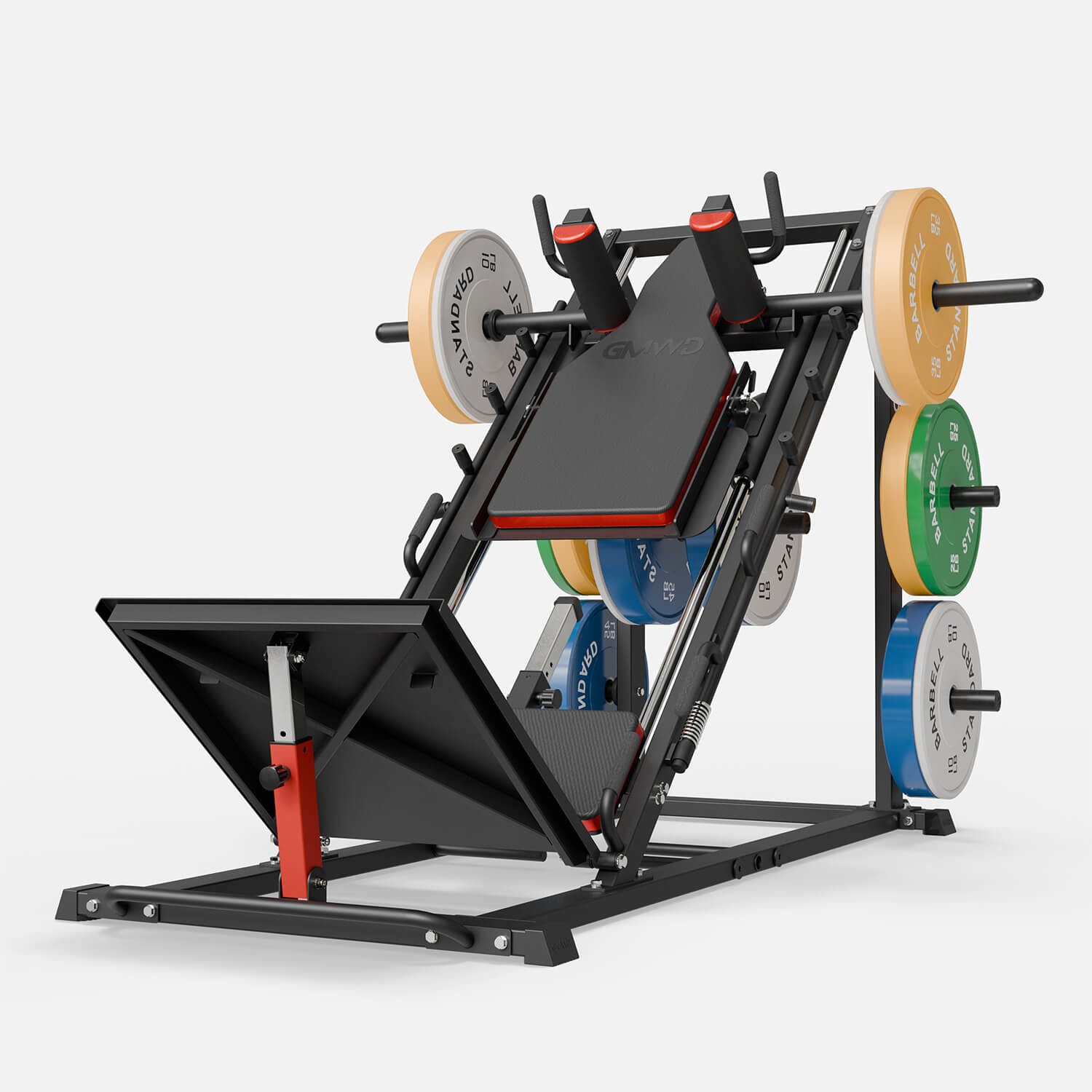
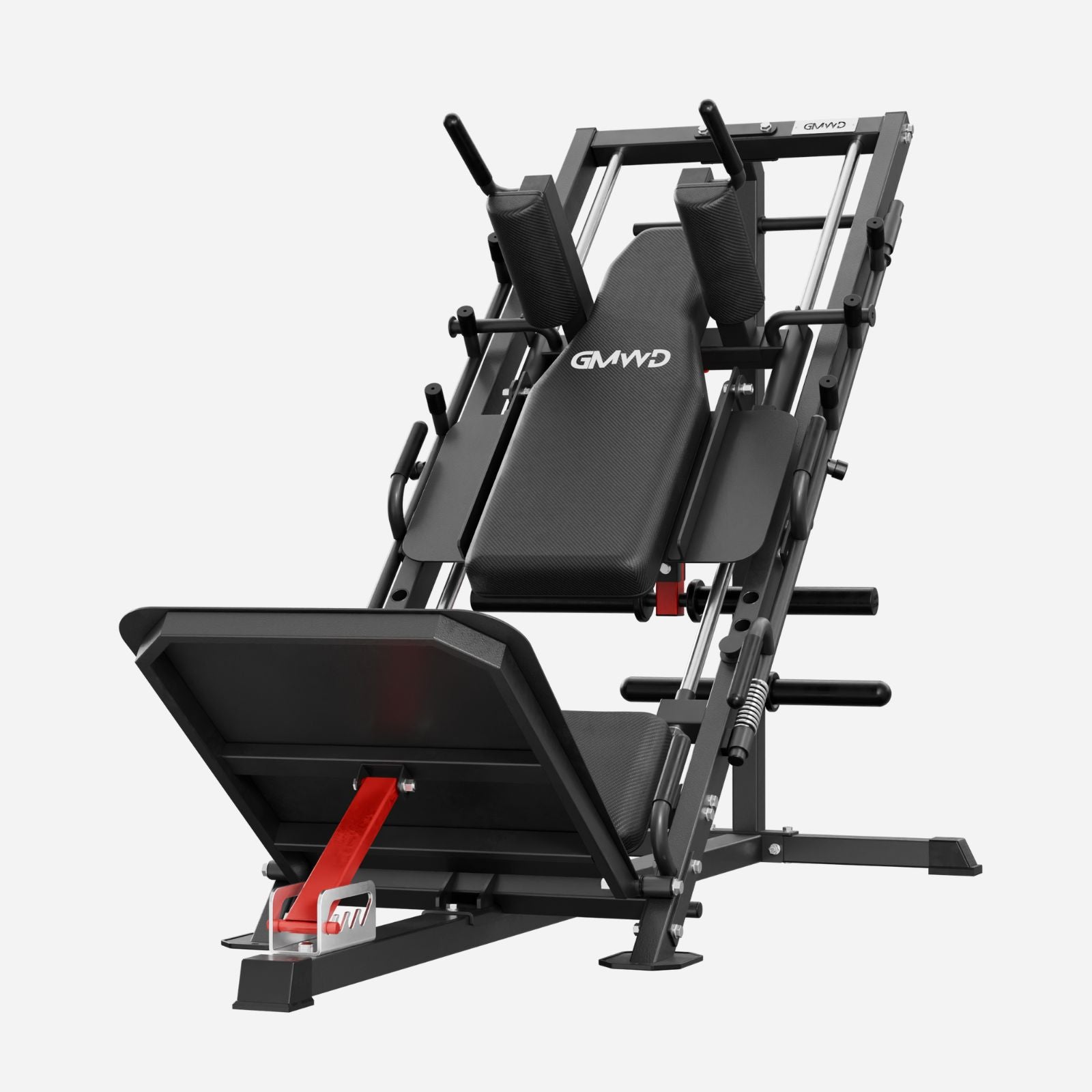

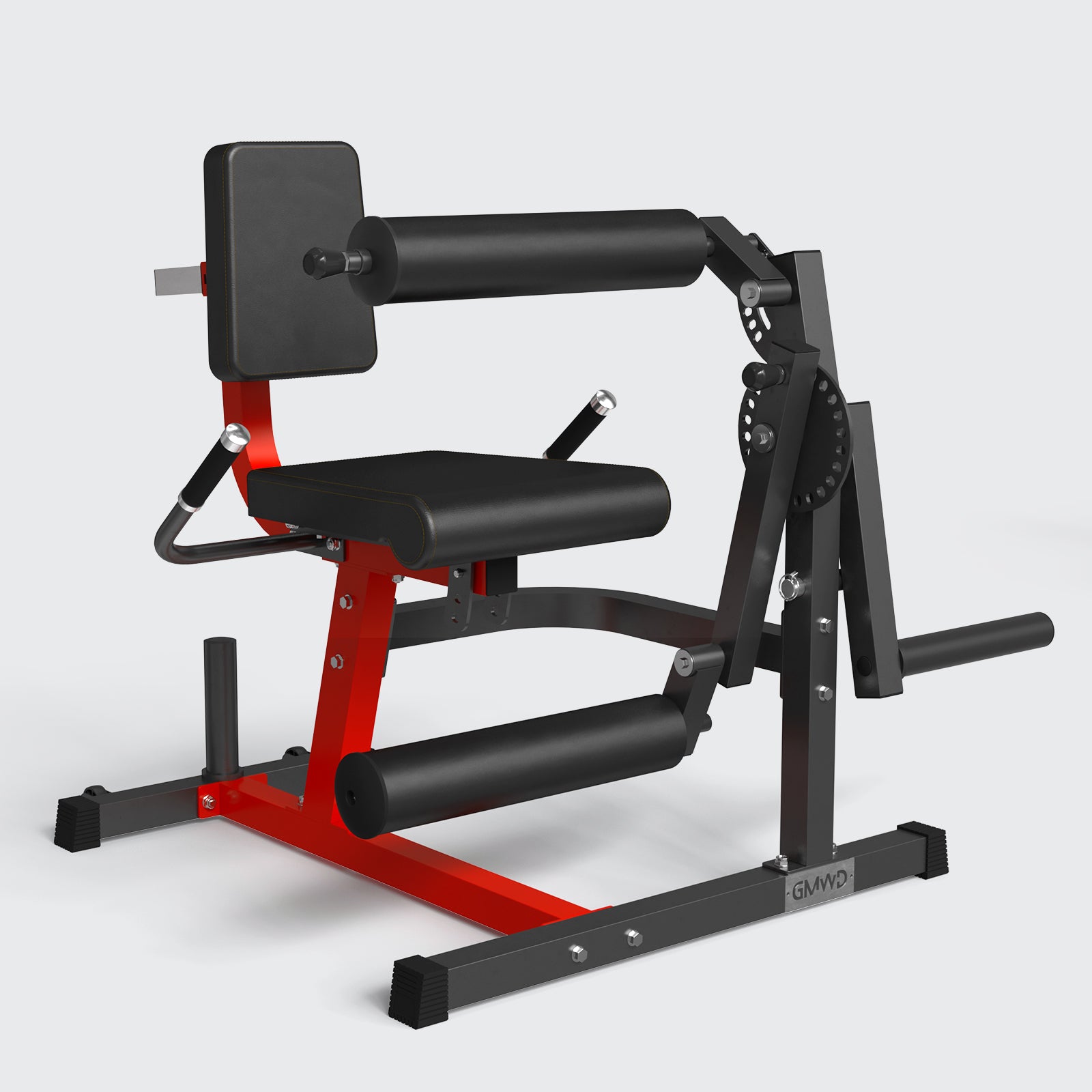
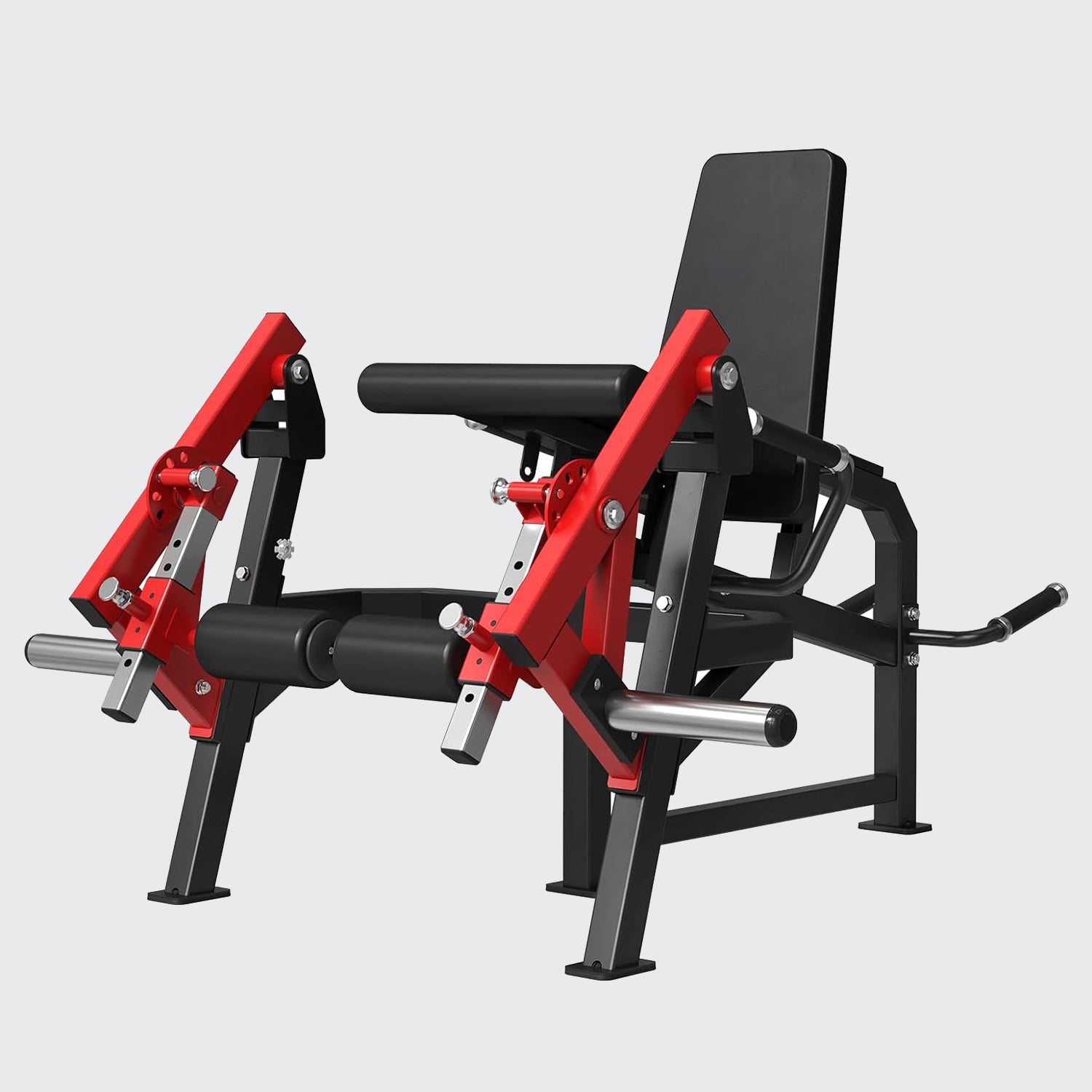
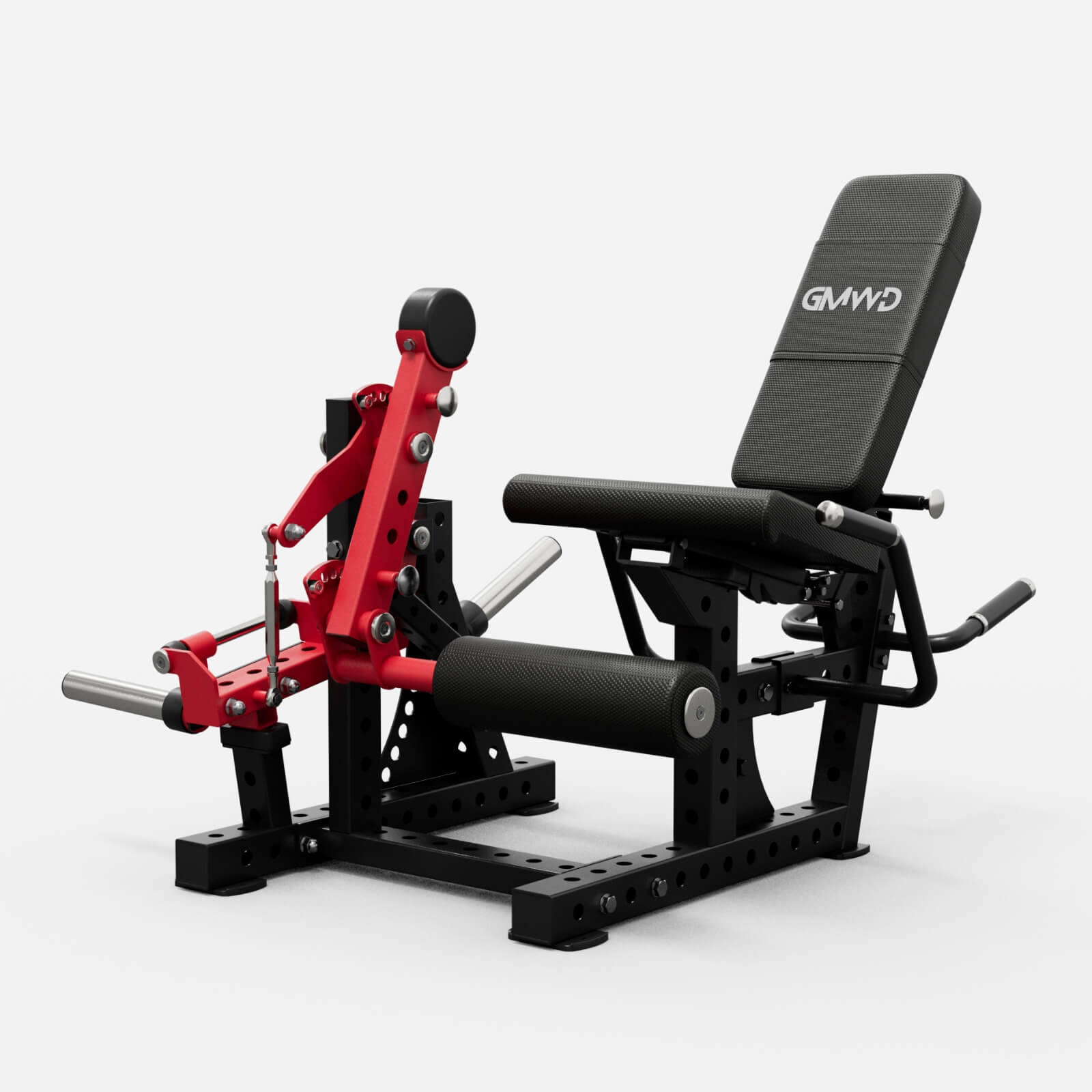
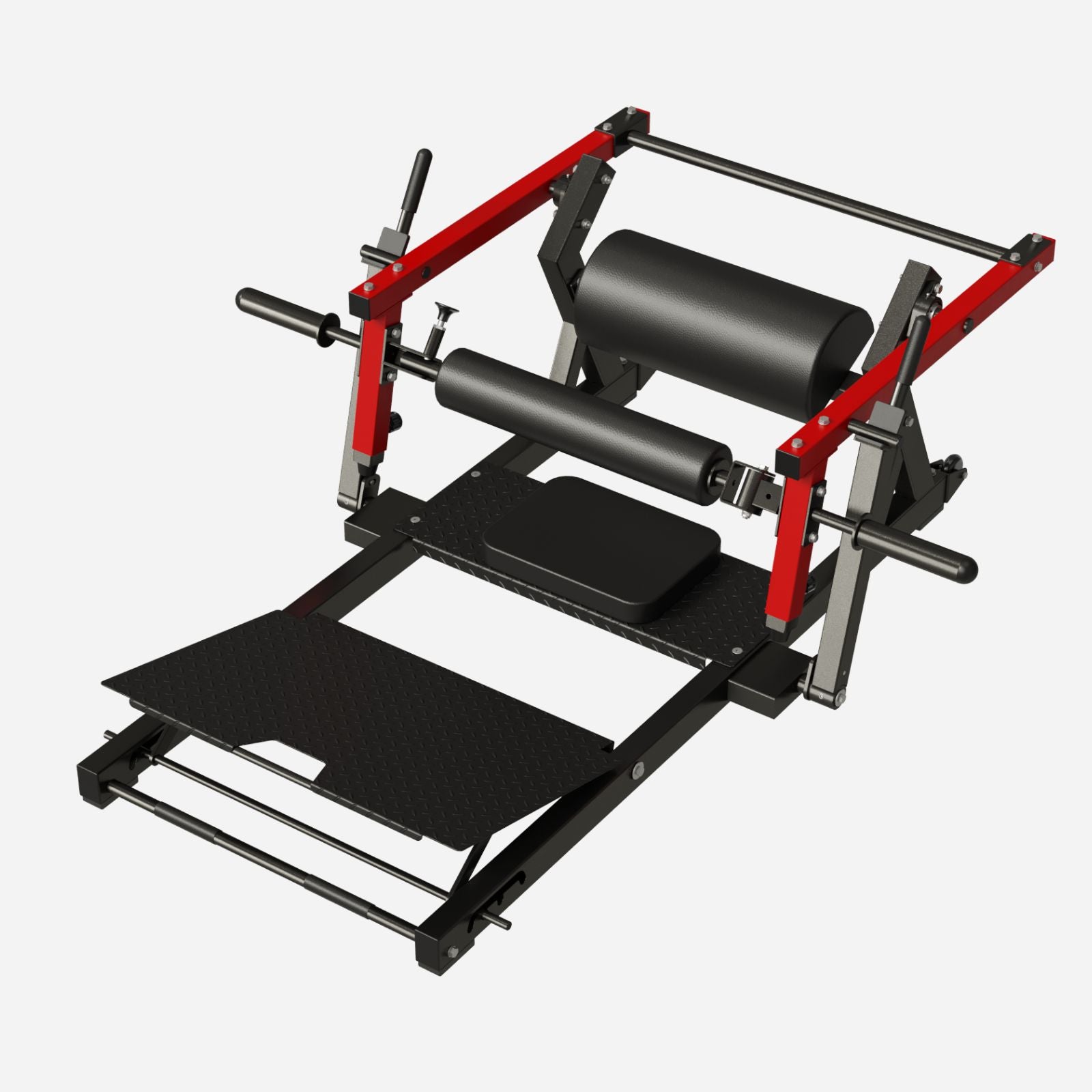

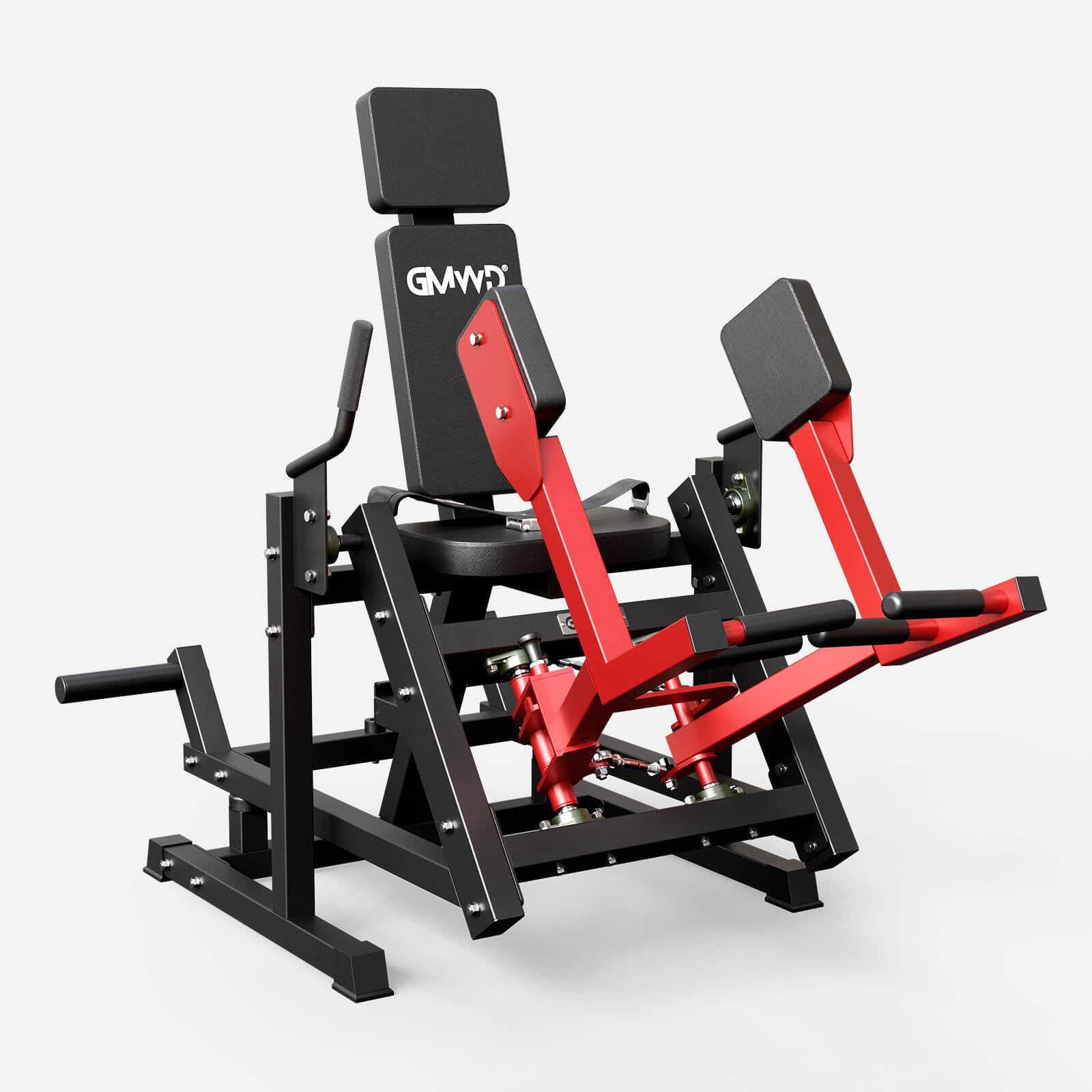
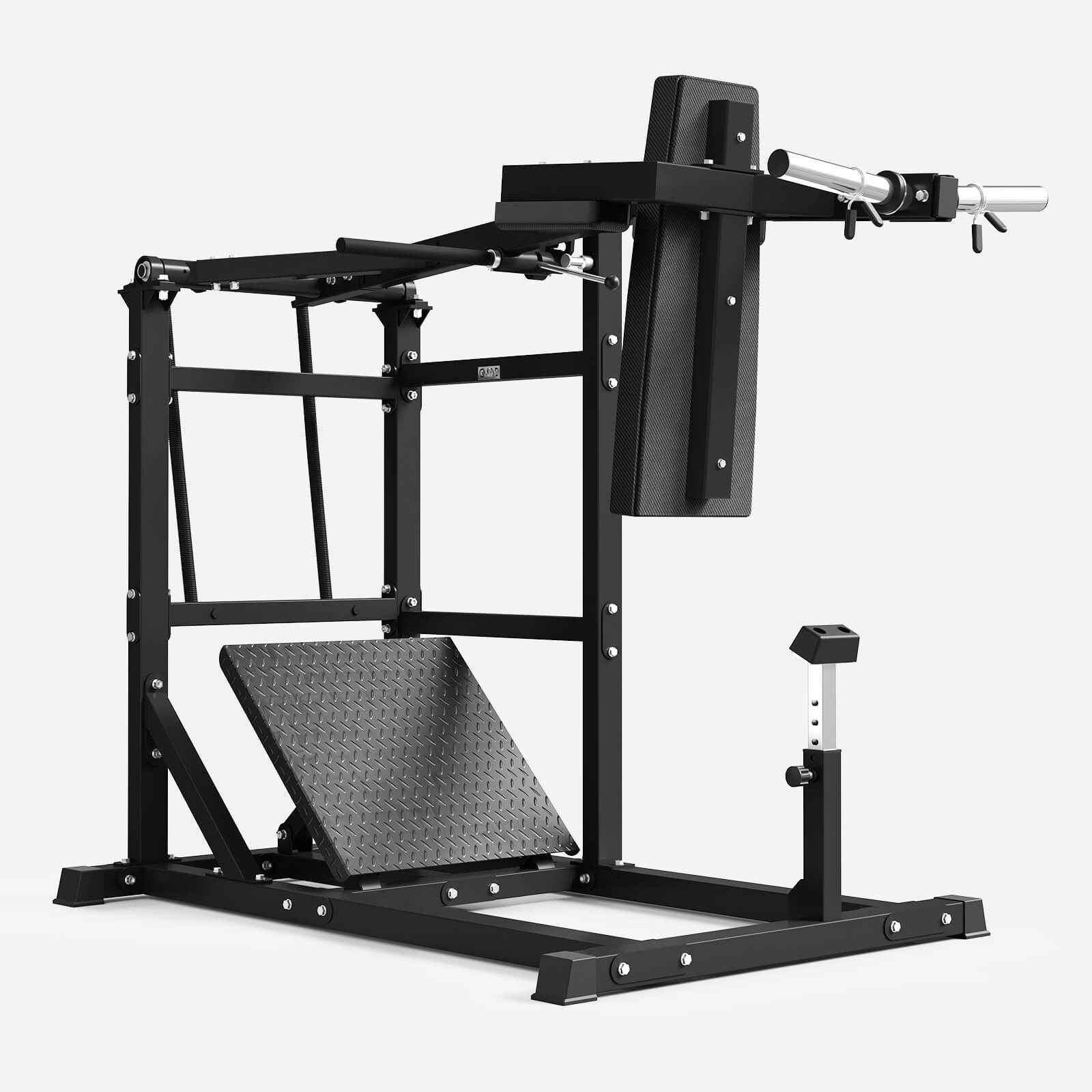
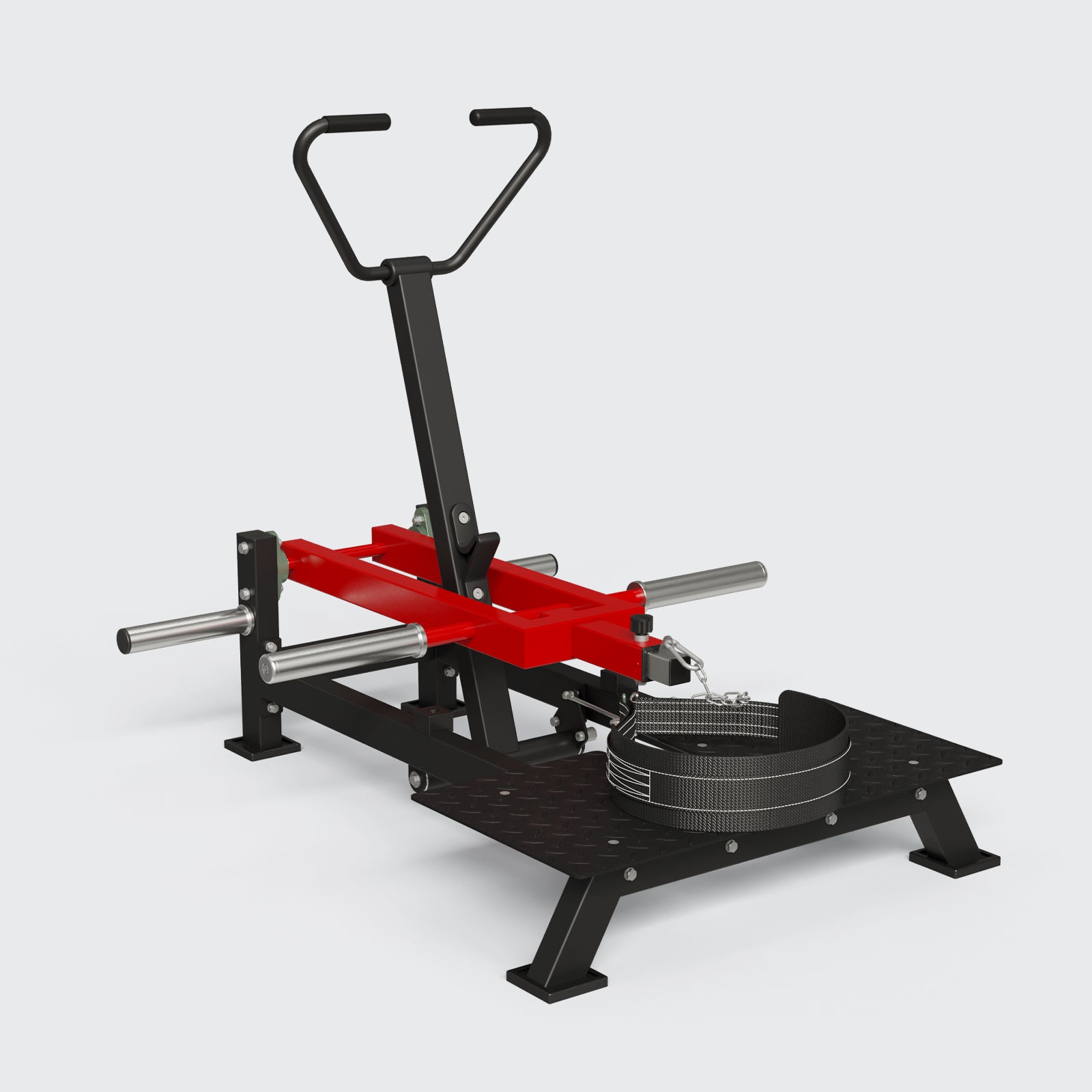
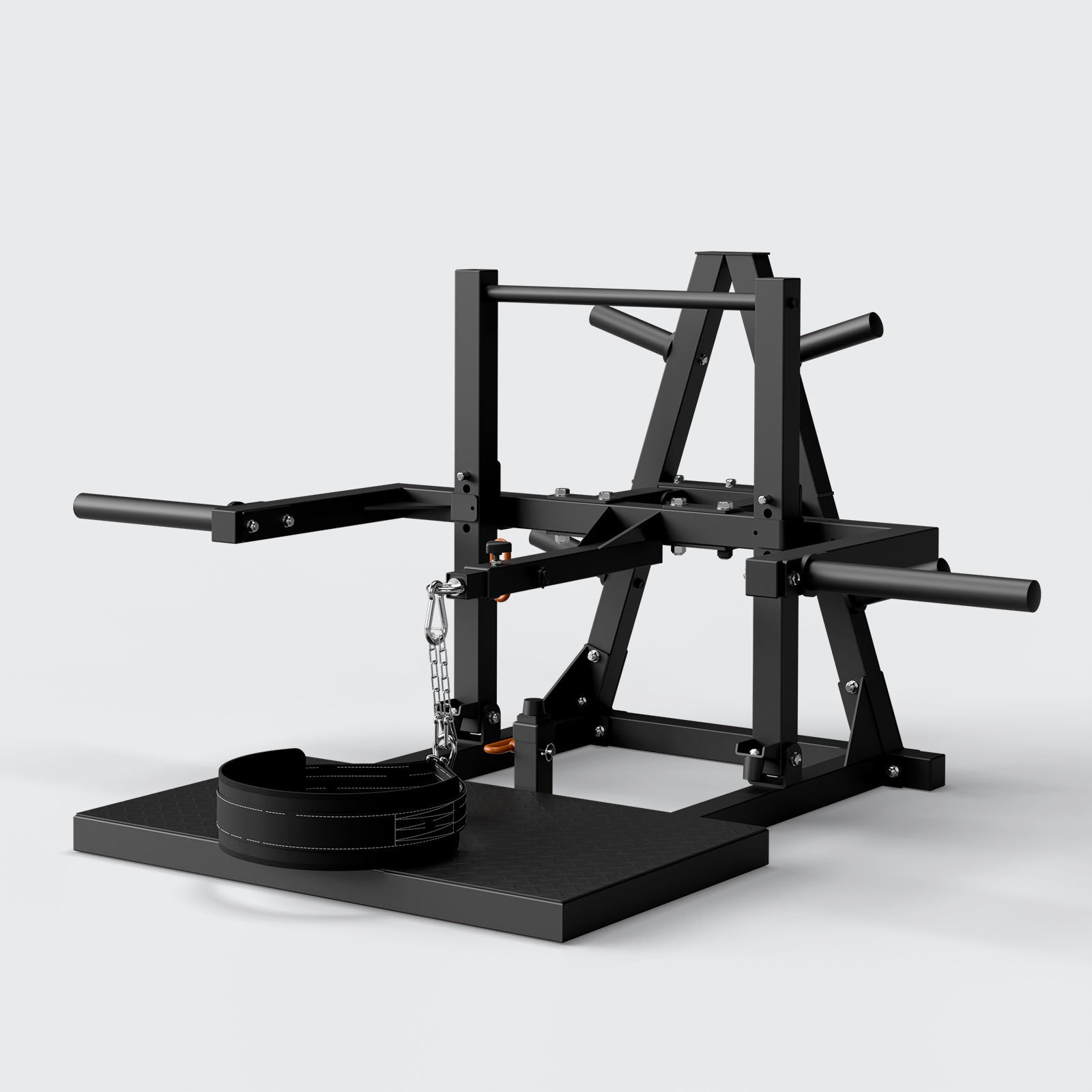

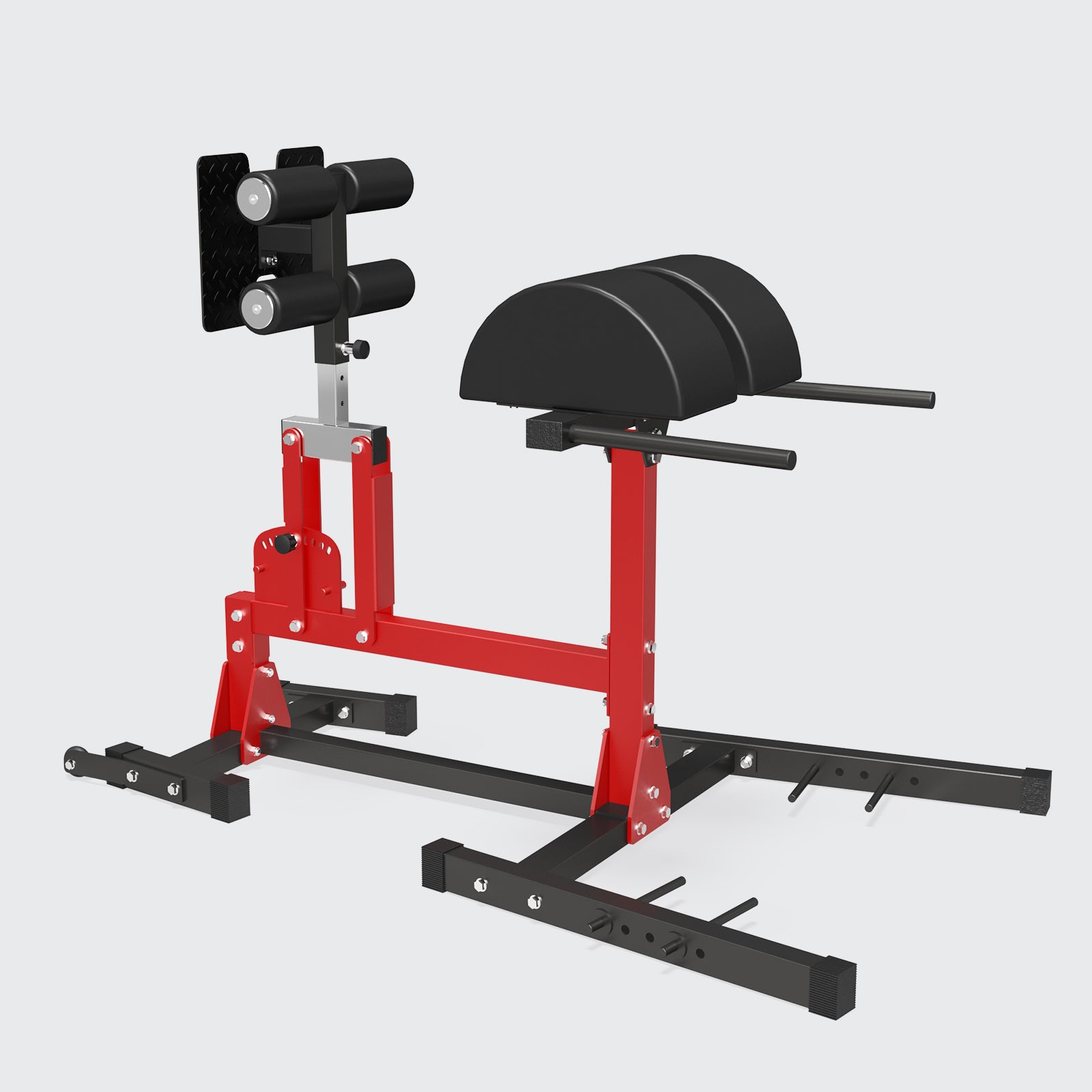
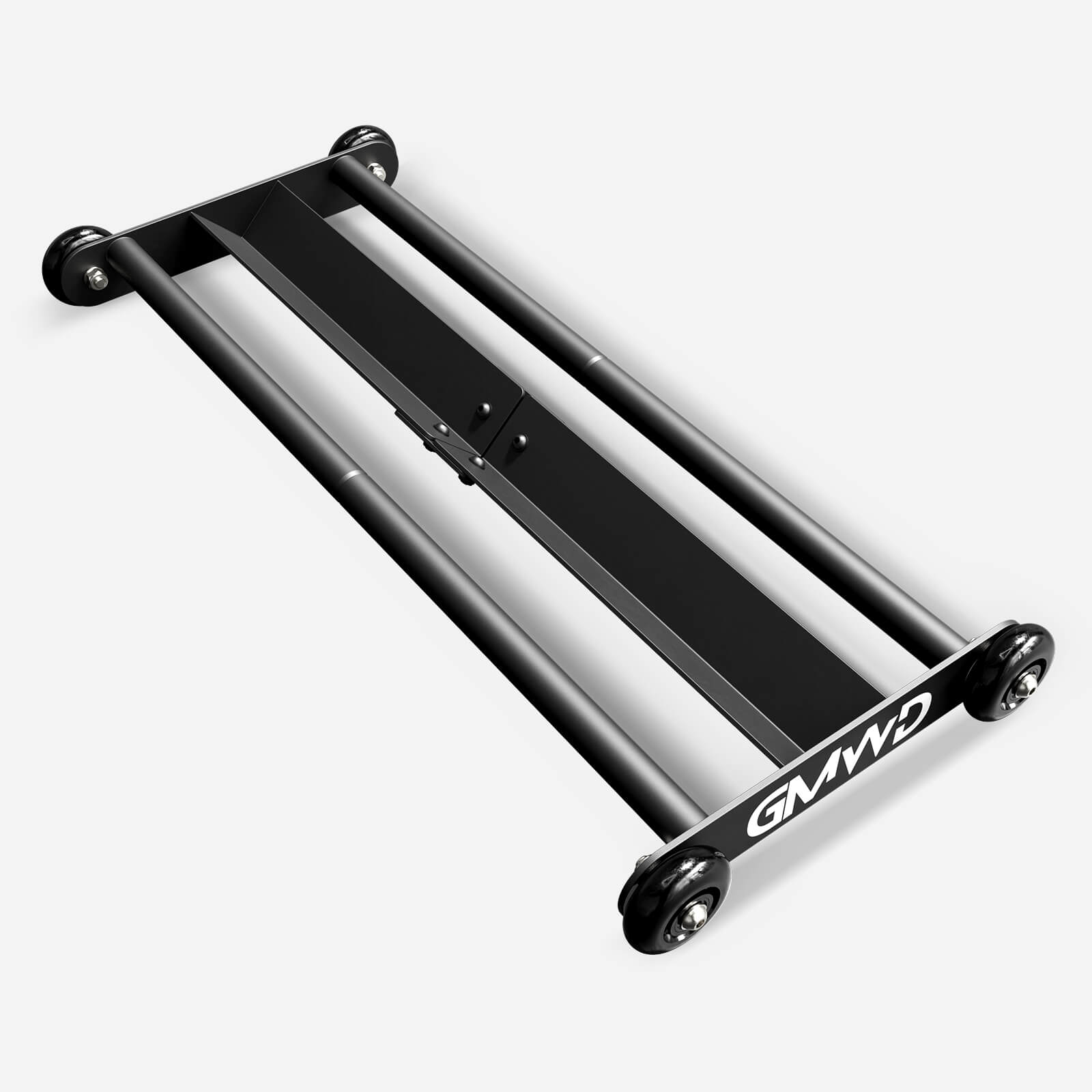
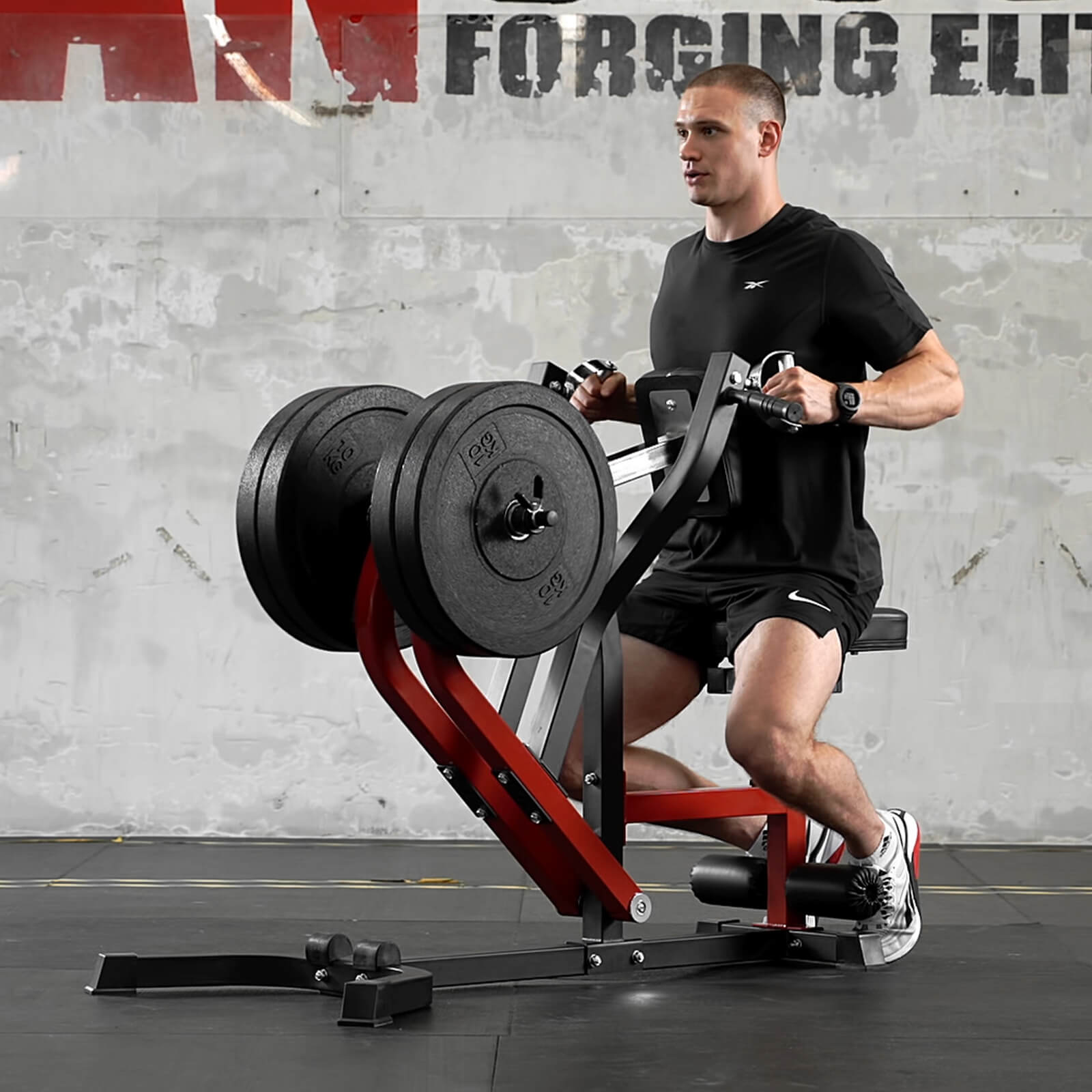
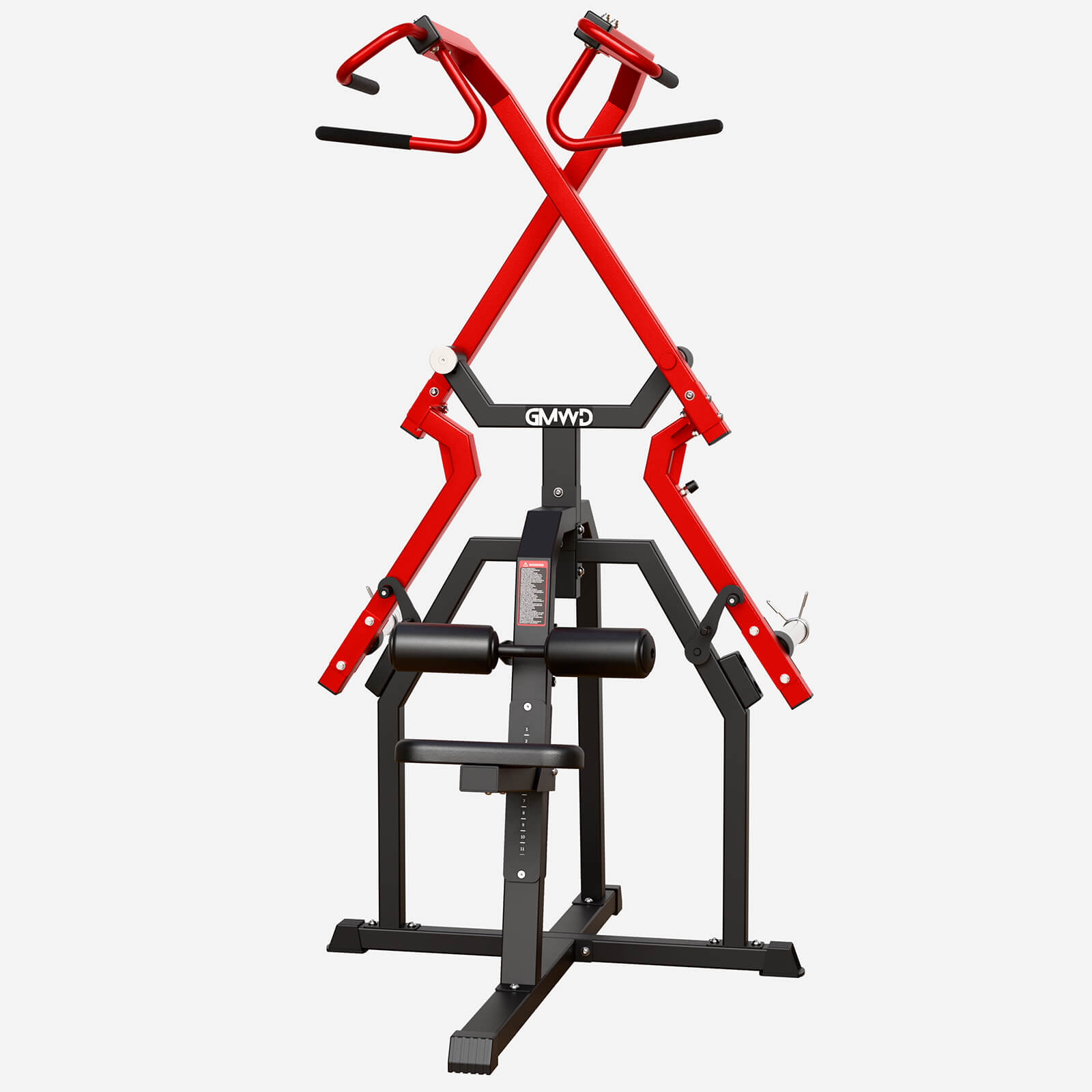
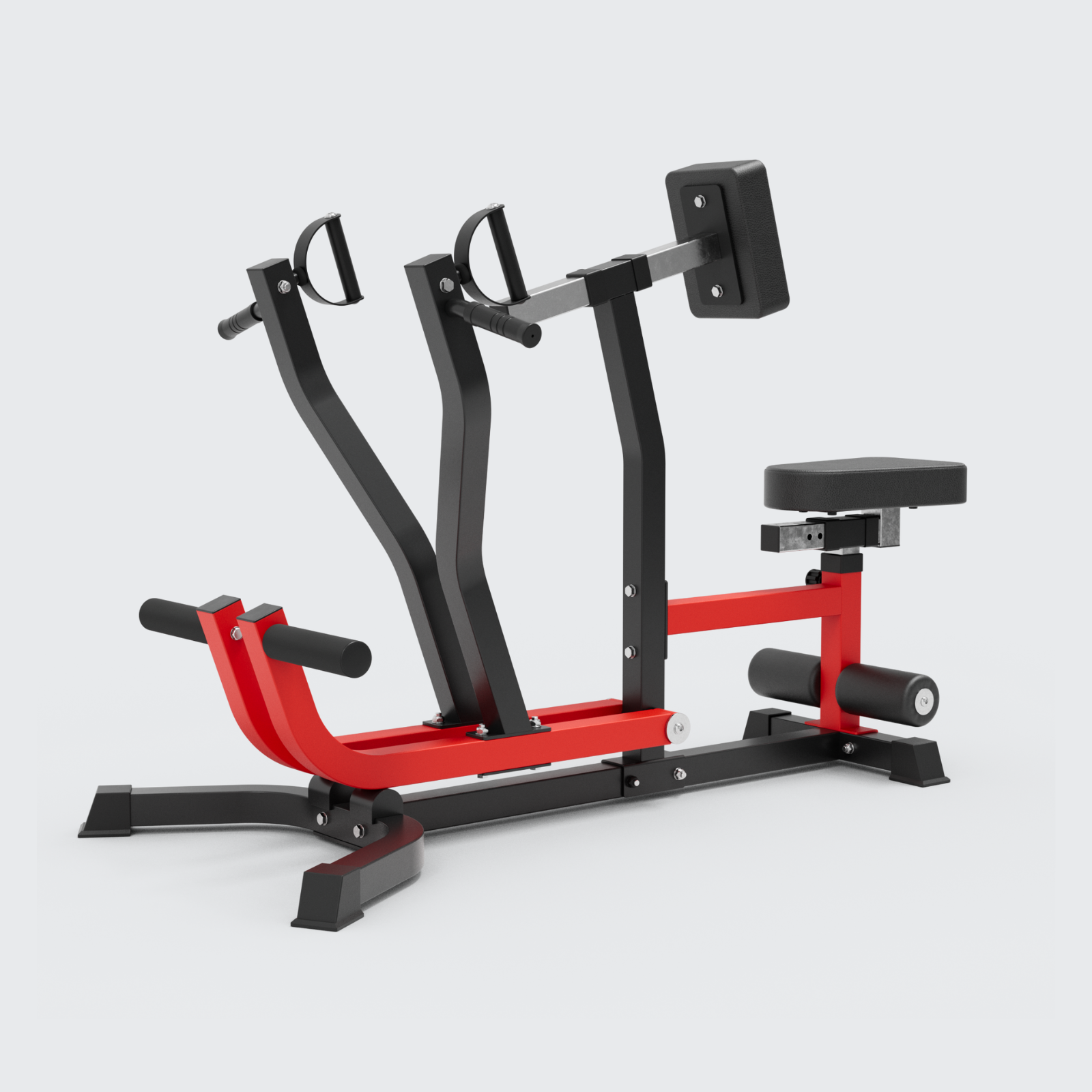
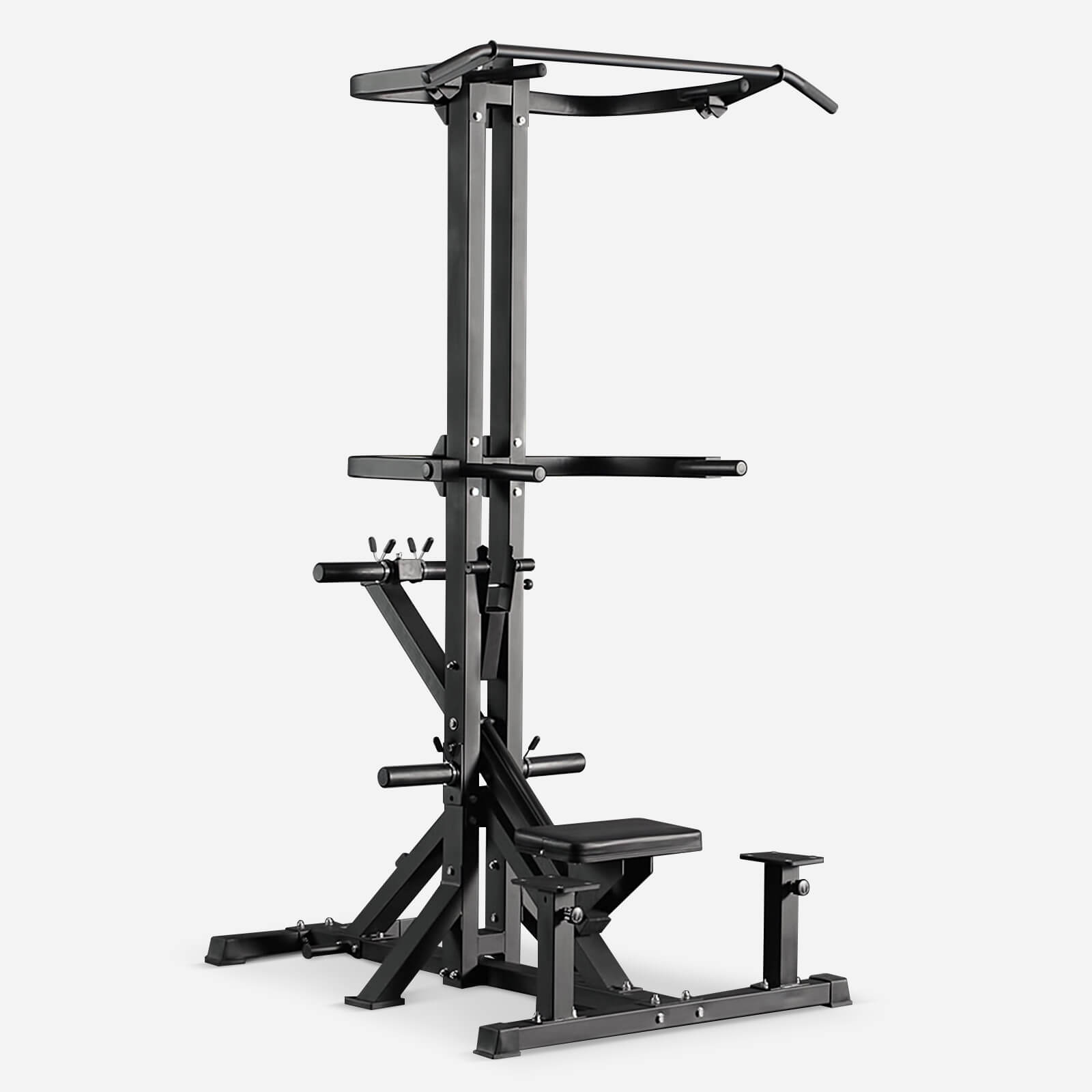

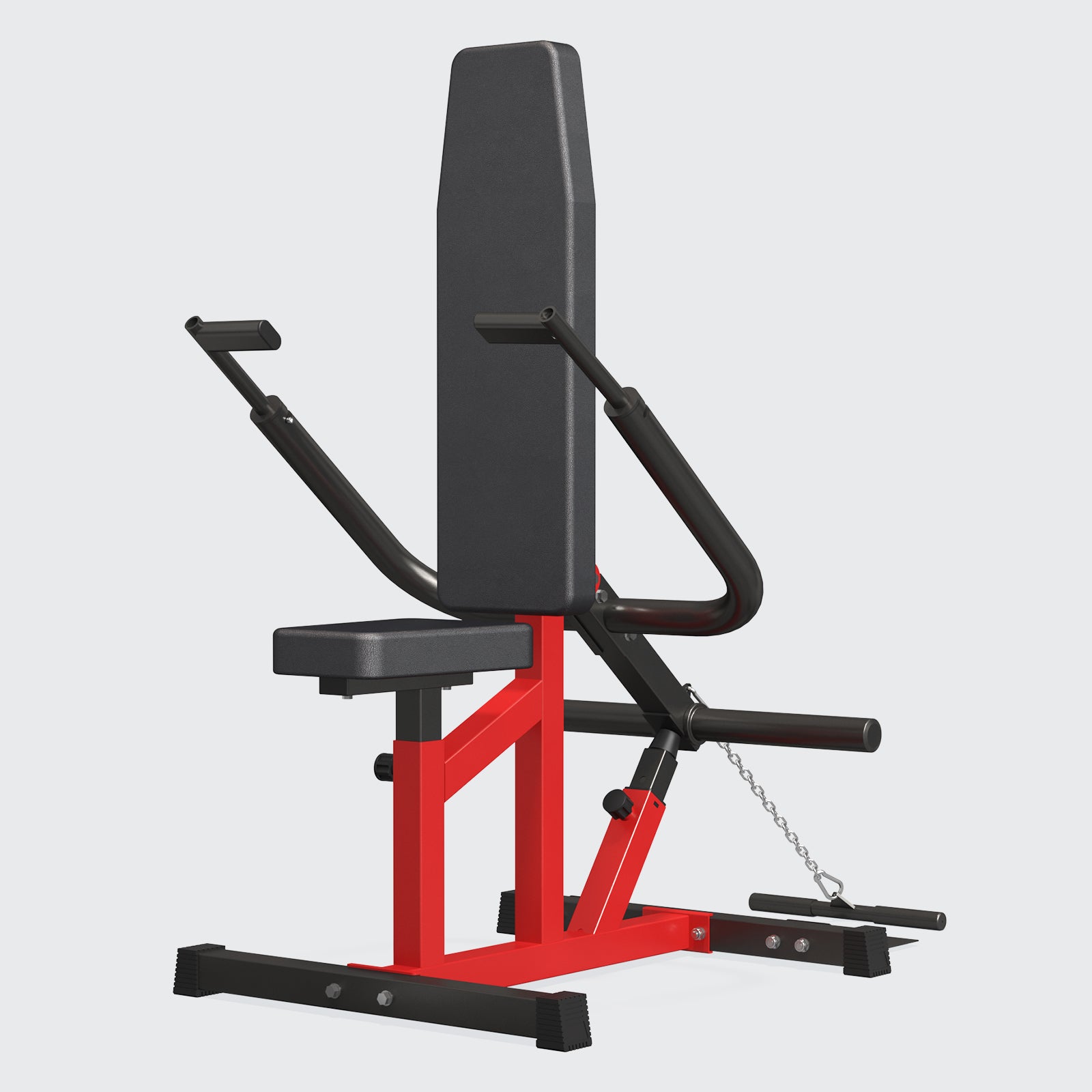
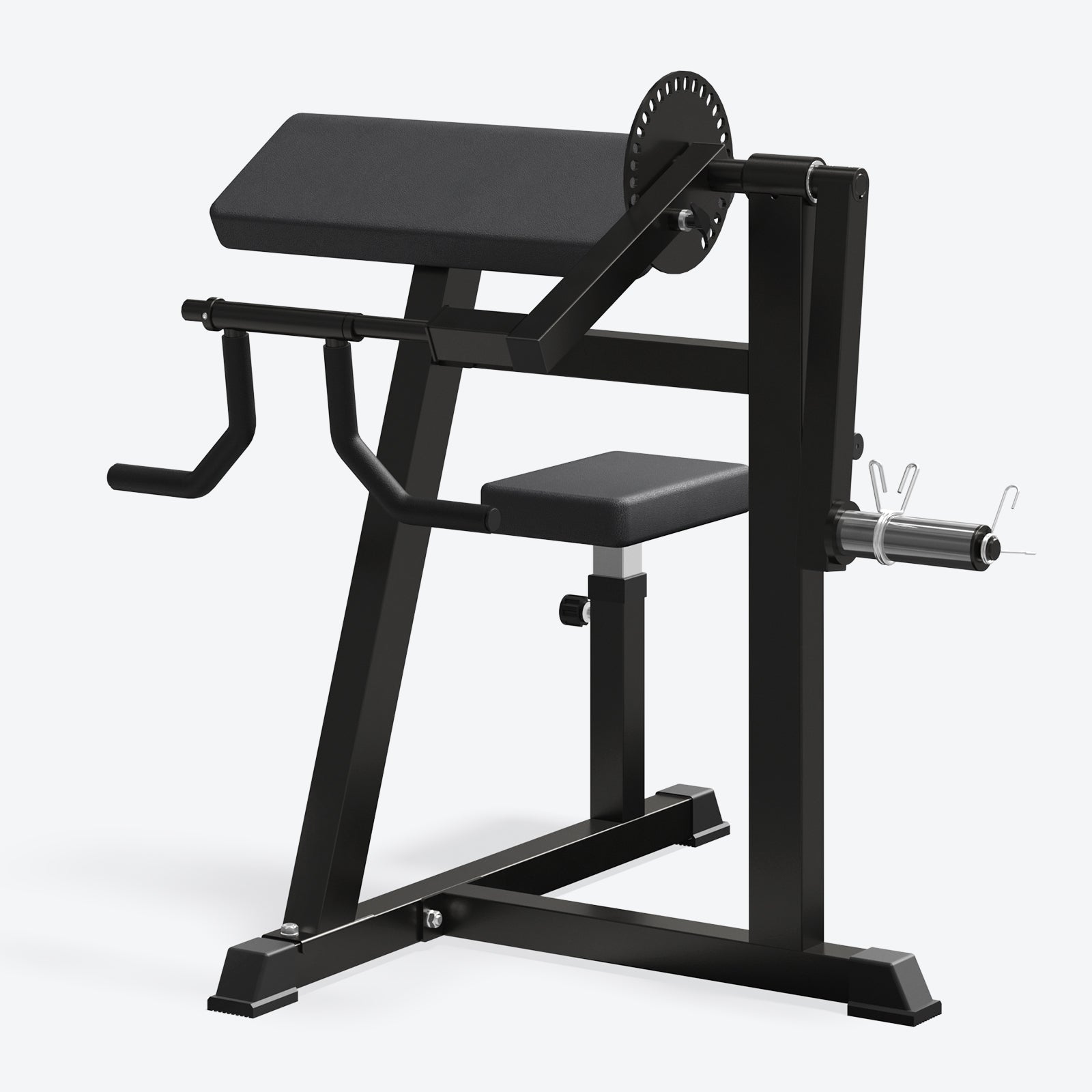
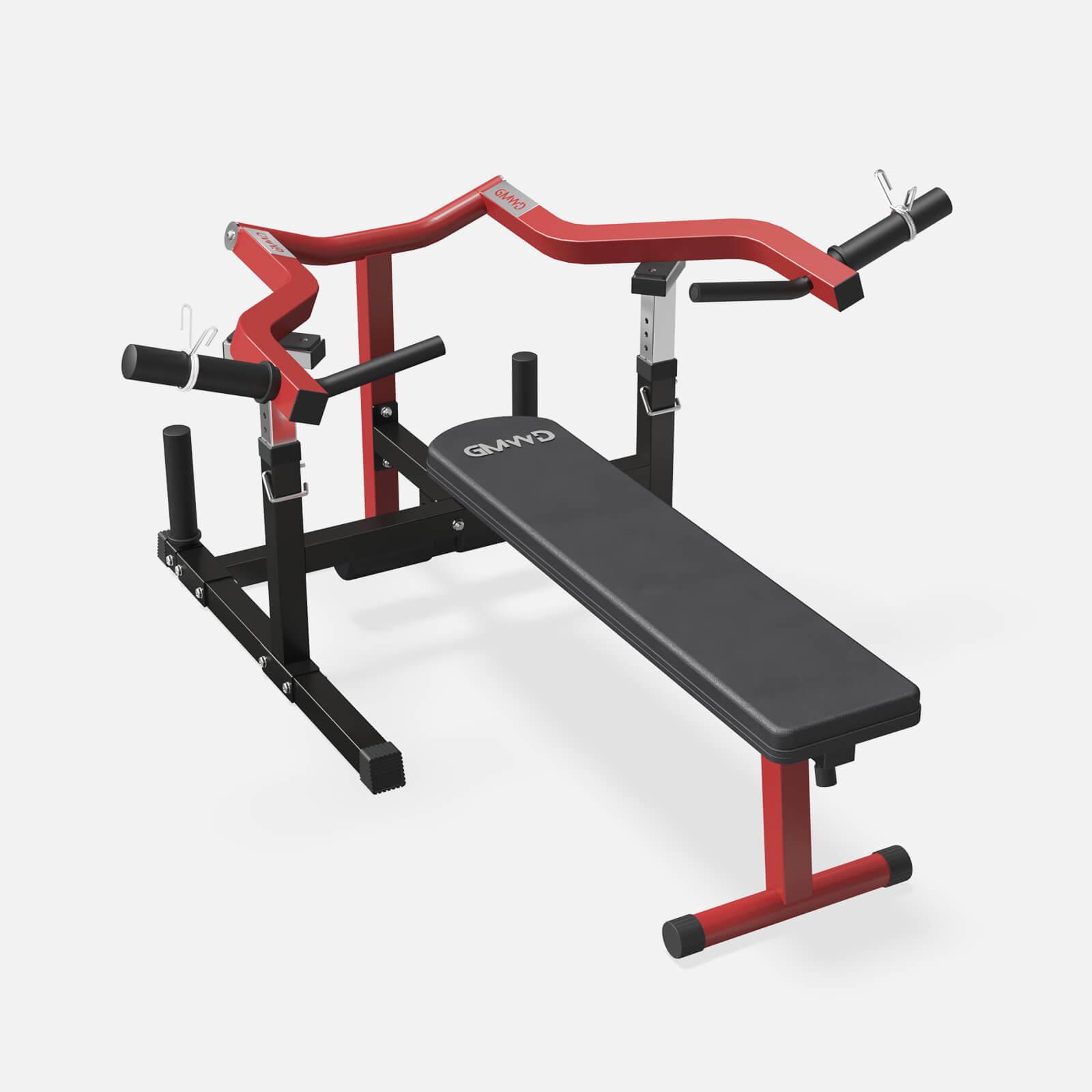
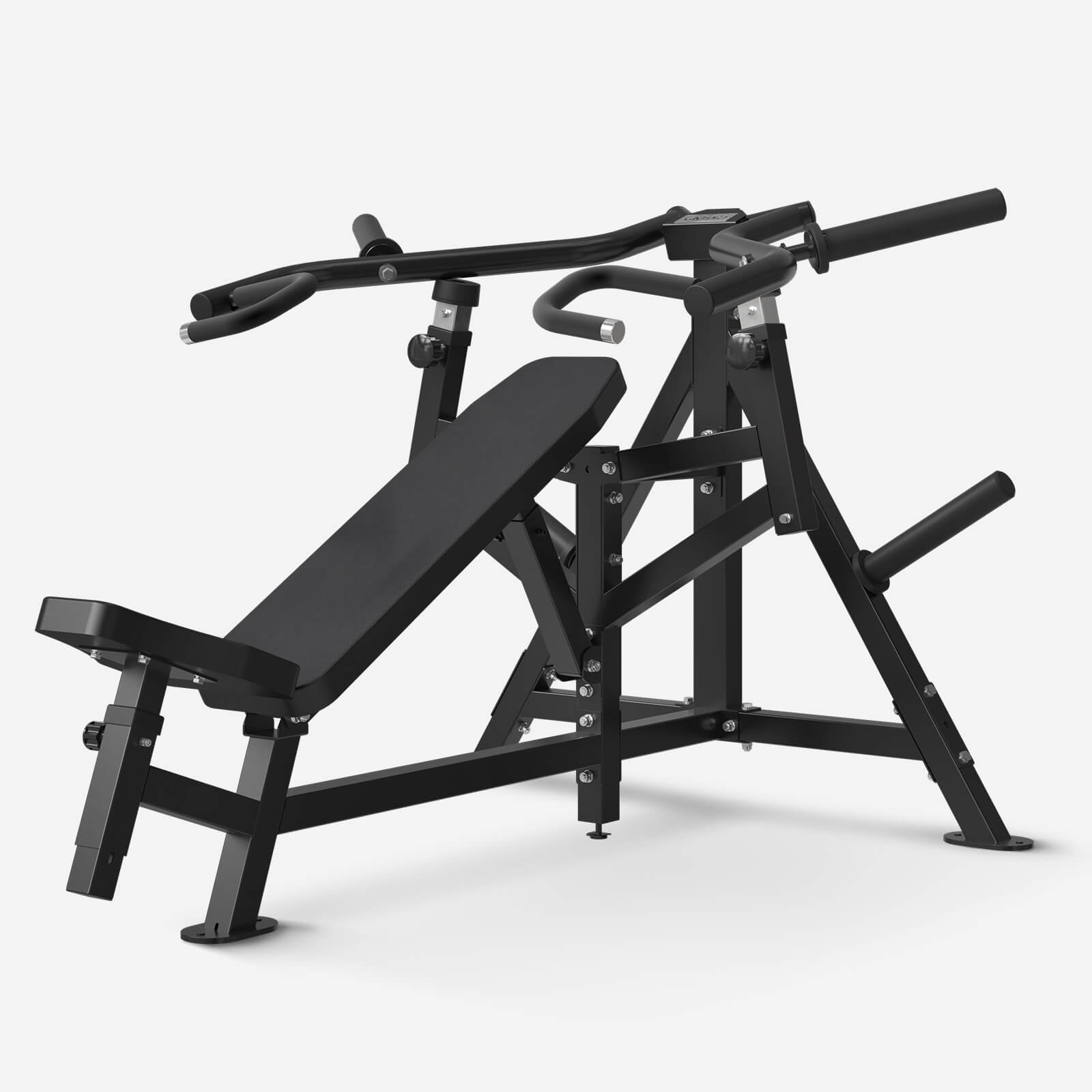
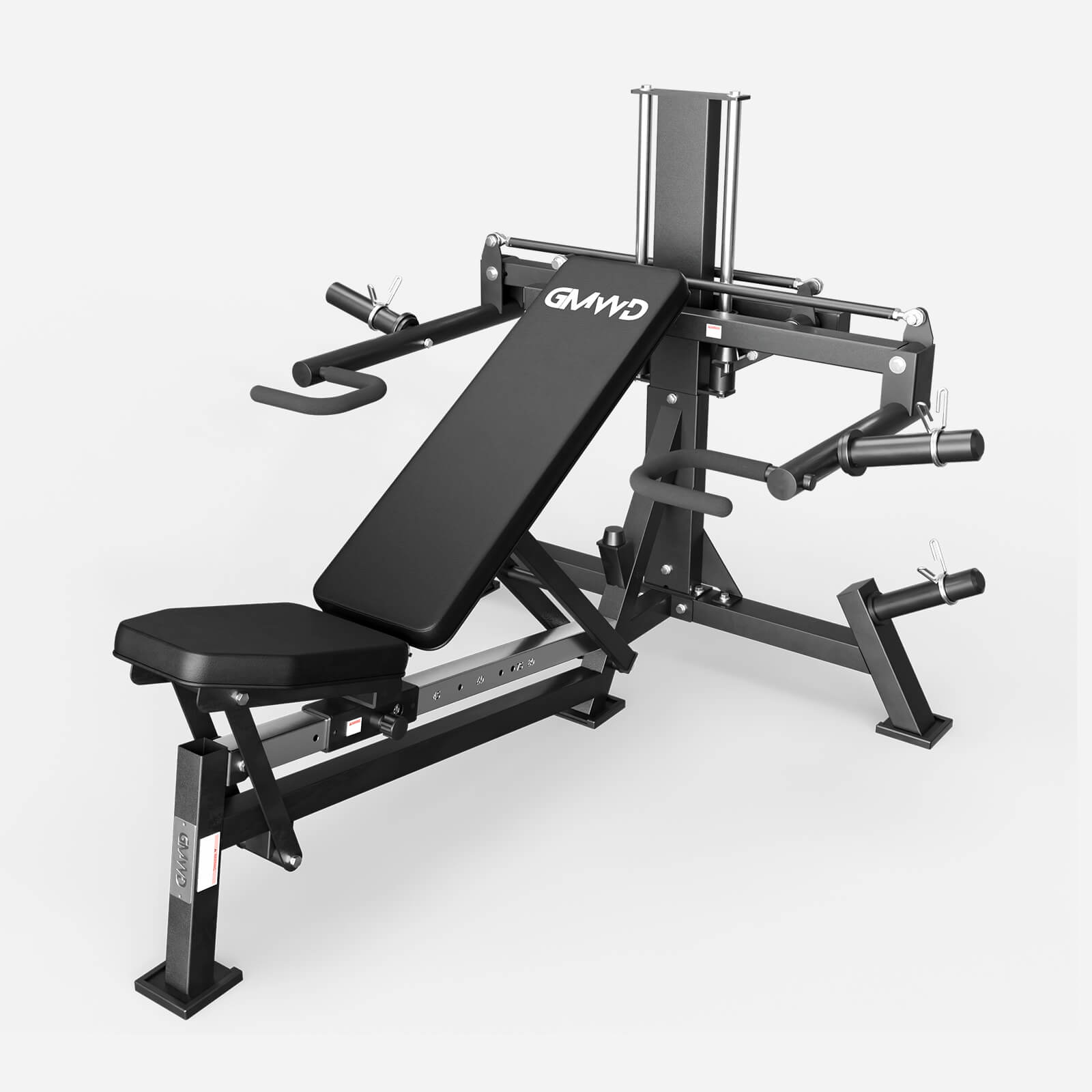
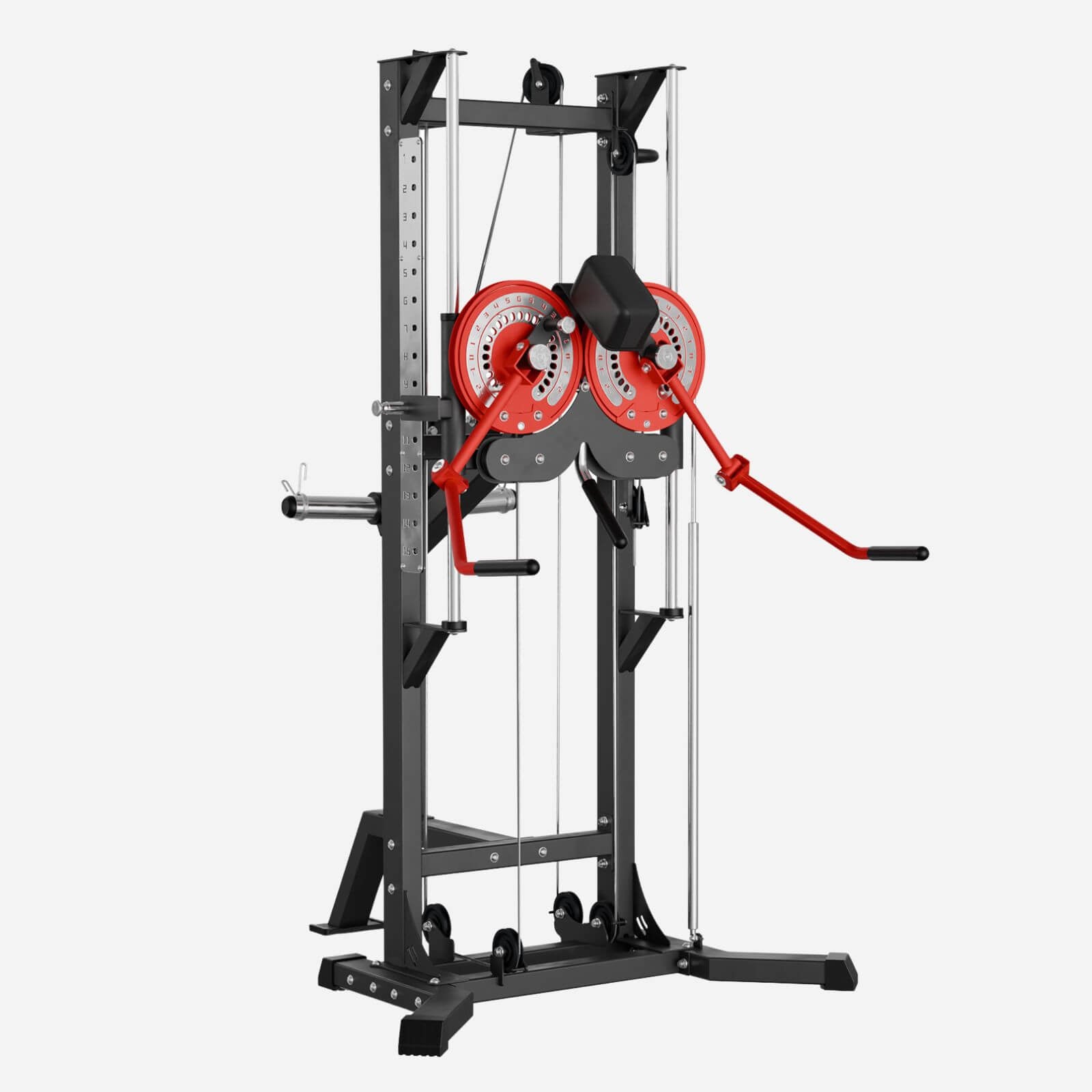
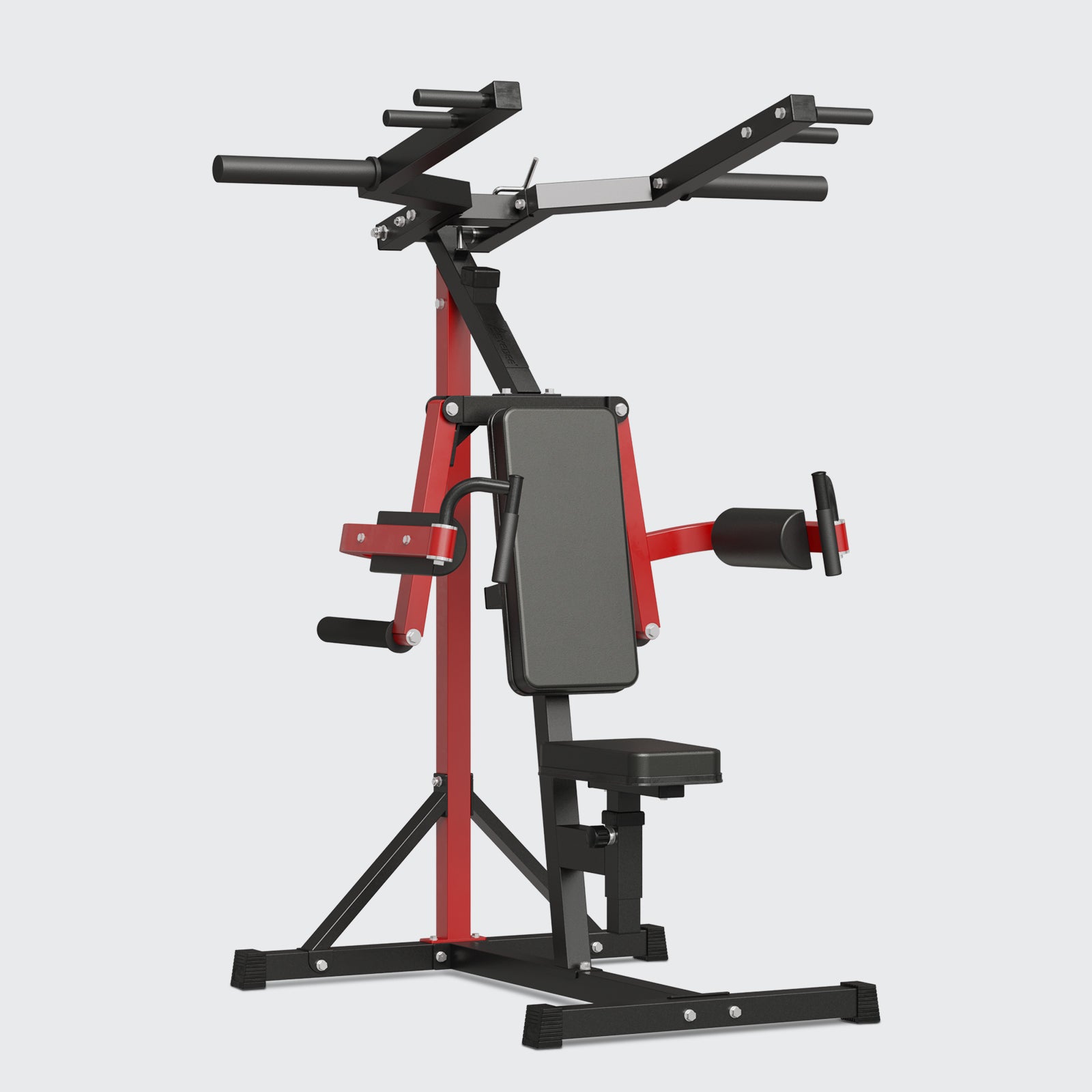
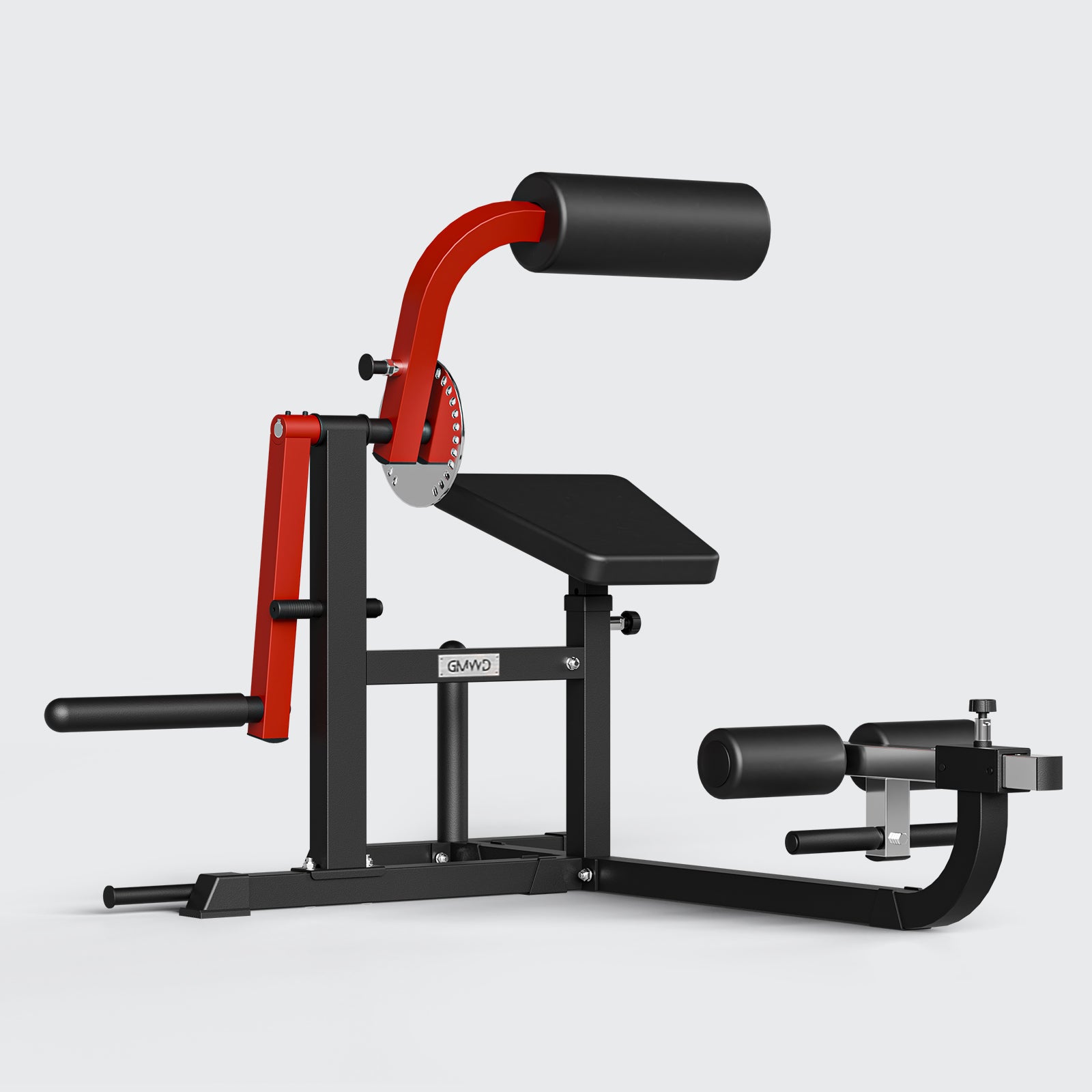
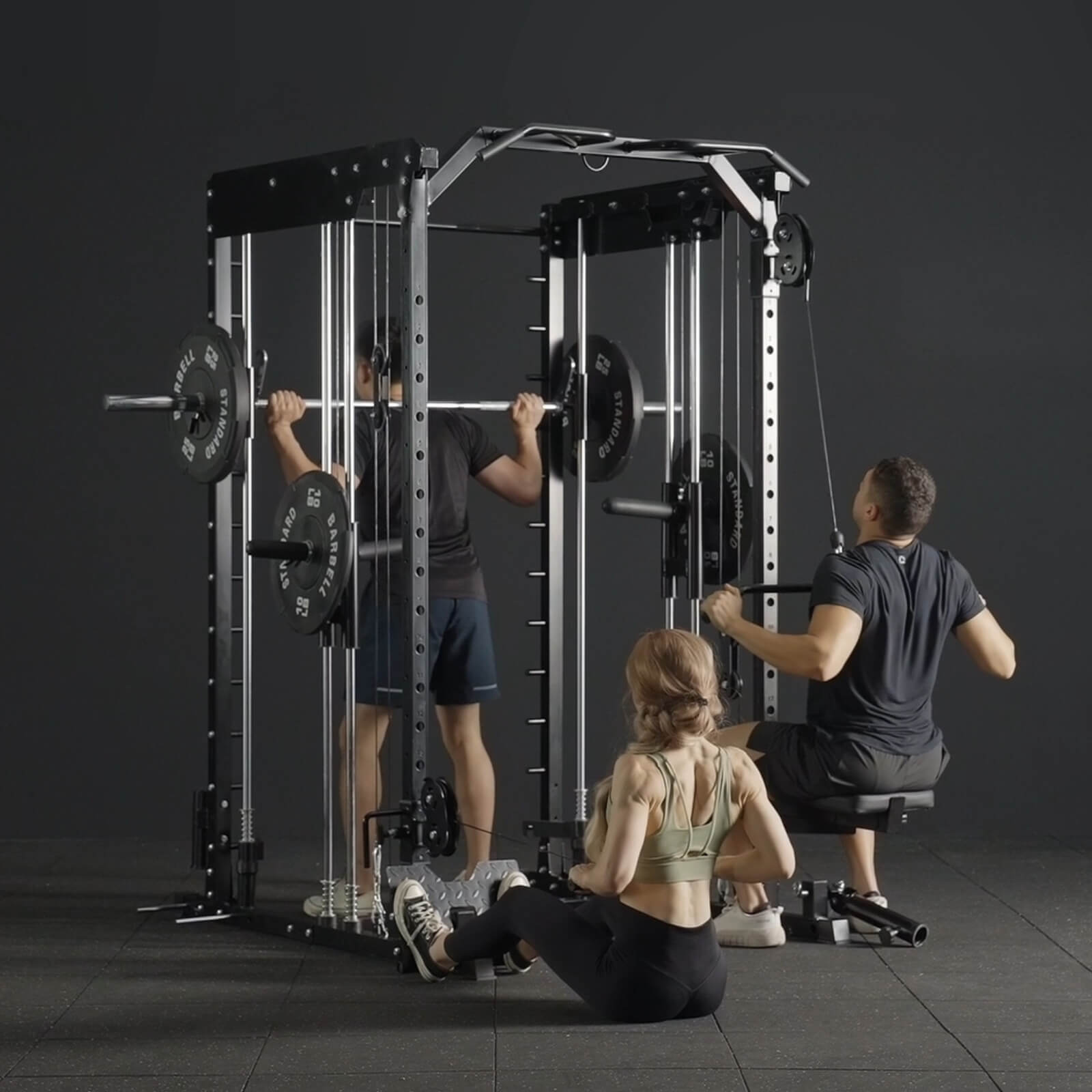
Leave a comment
All comments are moderated before being published.
This site is protected by hCaptcha and the hCaptcha Privacy Policy and Terms of Service apply.